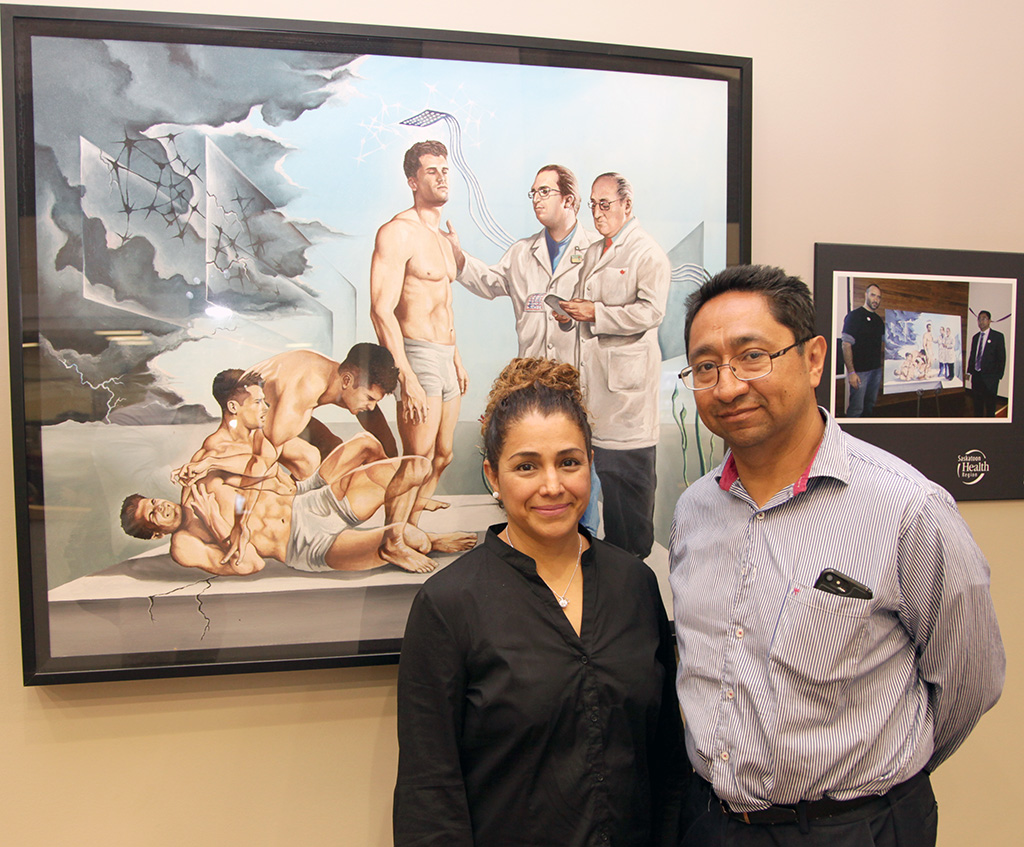
Incidence of epilepsy in Indigenous population double the national average
University of Saskatchewan (U of S) researchers have discovered that the incidence of epilepsy in the Canadian Indigenous population is twice that of non-Indigenous Canadians.
In a study published today in Seizure: European Journal of Epilepsy, a team of epidemiologists and neurologists led by Dr. Jose Téllez-Zenteno has established for the first time a Canadian national incidence rate of 62 new cases of epilepsy per 100,000 people per year. For self-identified First Nations patients, the rate is 122 per 100,000.
“We don’t have the exact reason for the difference in rate,” Téllez-Zenteno said. “Some other studies have shown higher rates of traumatic brain injury in Indigenous populations. Head trauma is correlated with epilepsy, so, we think that’s one of the factors.”
Anything that disturbs the normal pattern of brain activity can lead to seizures, he said.
“Until now, there has been very little epidemiology research done about Aboriginal peoples with epilepsy. Epilepsy is the most common neurological condition worldwide, but there are numerous gaps in knowledge,” said Dr. Lizbeth Hernández-Ronquillo, first author on the paper.
The research was also co-authored by U of S epidemiologist Dr. Lillian Thorpe and biostatistics professor Punam Pahwa.
Read more on the University of Saskatchewan news website.
